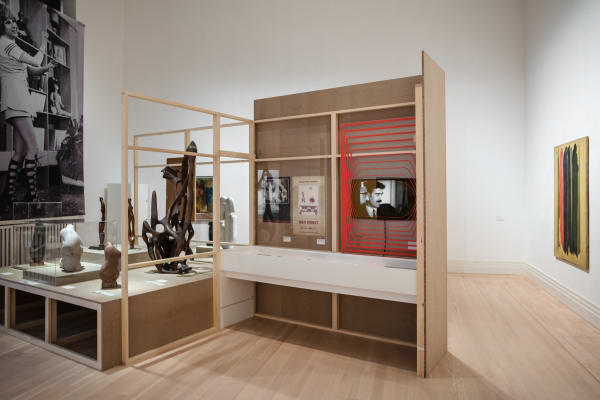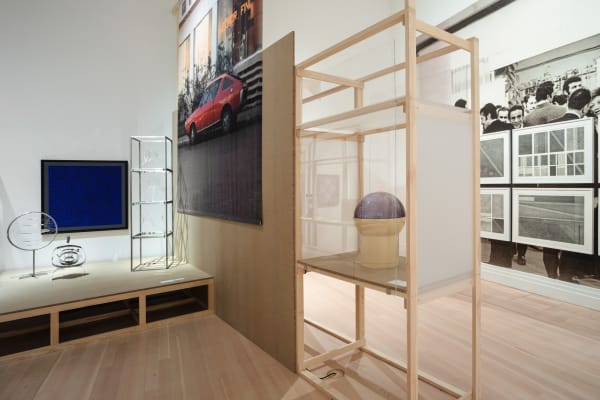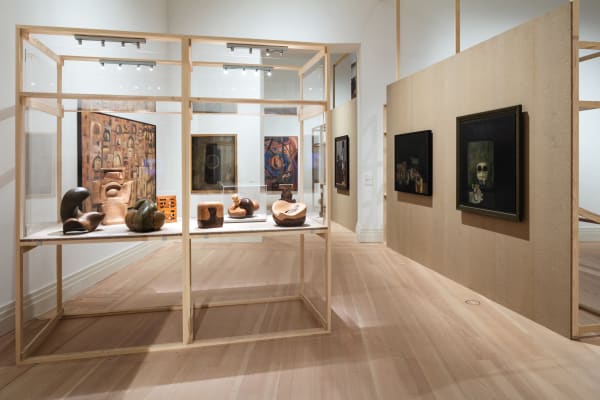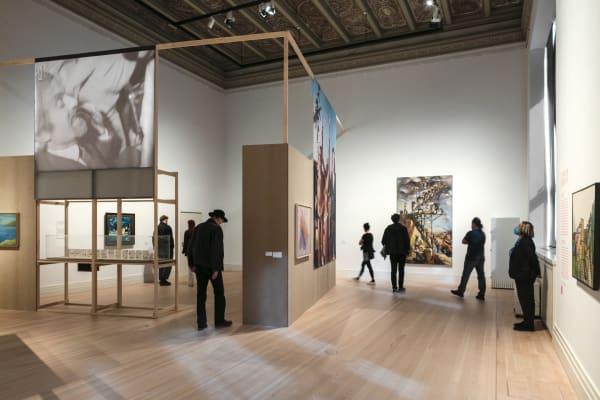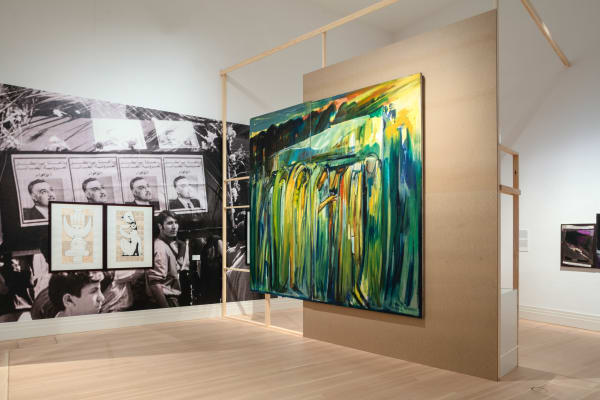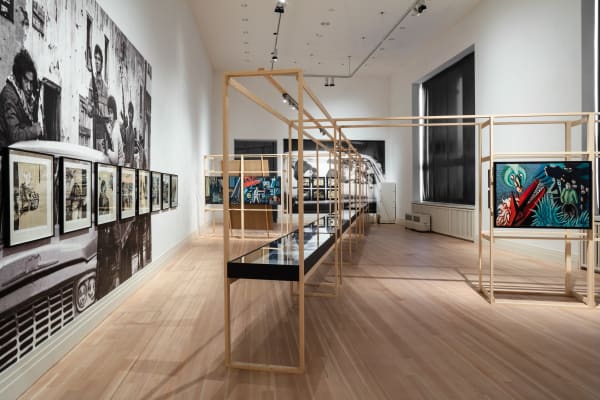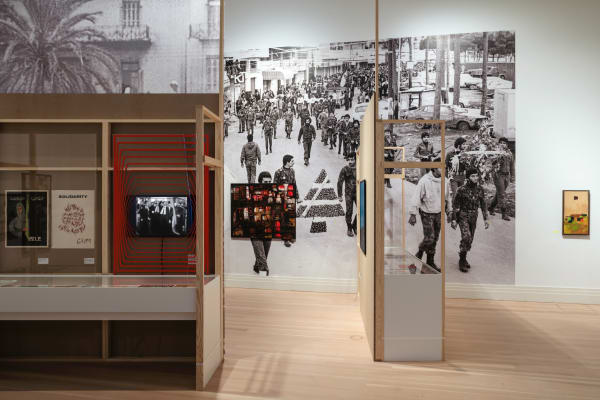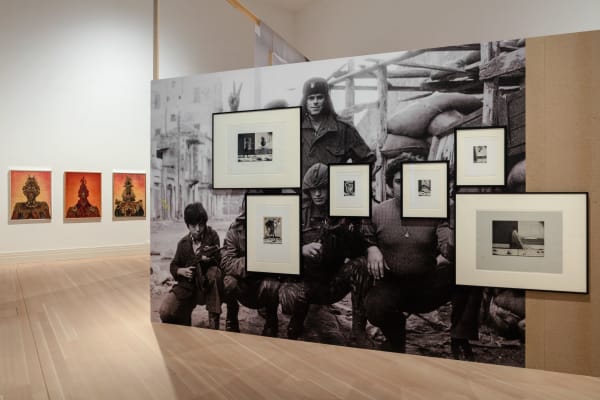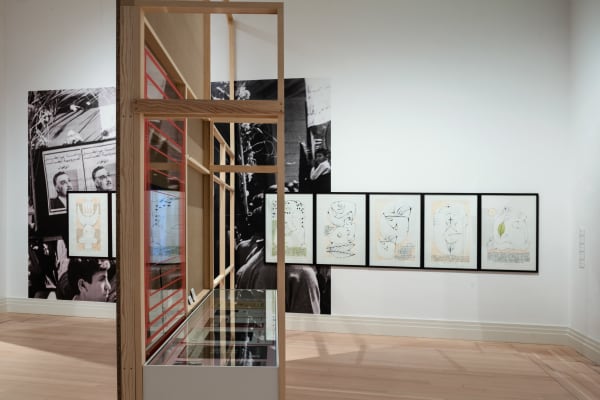Beirut and the Golden Sixties presents a pivotal moment in modern history from the vantage point of an ongoing crisis, highlighting the entanglement of past and present cycles of fragility and resistance. With more than 230 artworks by 34 artists and 300 archival materials from more than 40 collectors, this part of the 16th Lyon Biennale introduces fresh perspectives on a pivotal period in the history of Beirut, a city that is still burdened by the weight of its irreconcilable ambitions. Beirut and the Golden Sixties : A Manifesto of Fragility is curated by Sam Bardaouil and Till Fellrath. The exhibition is organized in cooperation with the Gropius Bau, Berlin.
The exhibition traces a brief but rich period of artistic and political ferment. Following Lebanon’s independence from French-mandated colonial rule in 1943, Beirut became a destination for many intellectuals and cultural practitioners from the Middle East and Arabic-speaking North Africa. With revolutions, coups and wars unfolding across these regions over the next three decades, the influx of new inhabitants into Beirut continued throughout this period. Encouraged in part by the Lebanese banking secrecy law of 1956, which prevented financial institutions from disclosing clients’ identities or assets, new streams of foreign capital also flowed into the city. Commercial galleries, independent art spaces and museums flourished. Beirut was bursting at the seams with people and opportunities, but also with ideas. However, underneath the prosperity and abundance, antagonisms festered and eventually erupted in 15-year civil war.


